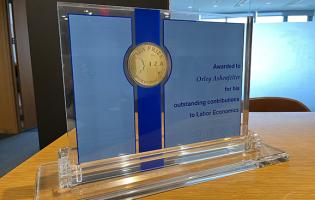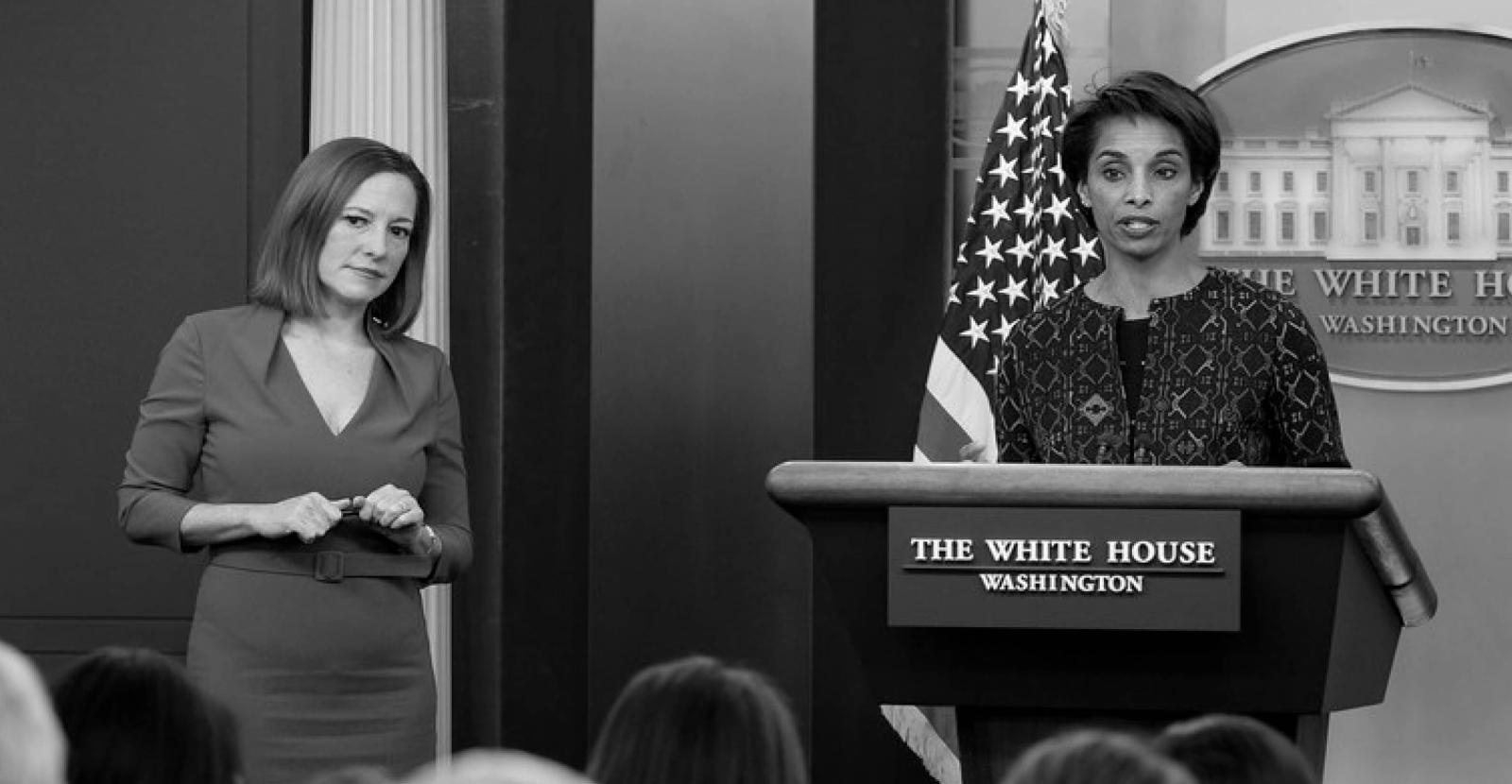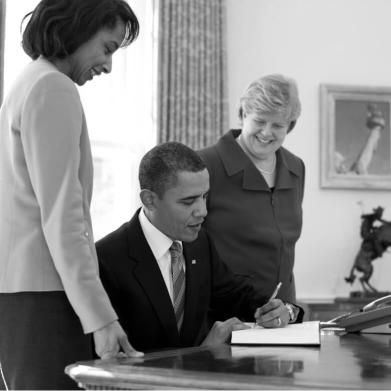Computing power marks the beginning of a new era
From its earliest days, the IR Section has been devoted to providing policymakers, business, advocates, researchers, and other experts with empirical research to guide their activities. To do this, it remained perpetually committed to building and maintaining its own library of much of the data and information needed to produce this research.
In the 1970s, the development and increasing availability of three things supercharged these efforts: computing power, micro-data (for example digitized Census records first made available by the Census Bureau in the 1970s), and new statistical tools. Orley Ashenfelter, considered by many a leading figure in the “credibility revolution” of economics, was one of the first IR Section faculty members to make use of these new tools.

In 1974, Ashenfelter and future Nobel Laureate James Heckman–who earned his Ph.D. at Princeton in 1971–published a paper that proposed a new method of measuring and evaluating affirmative action programs. In a 1976 paper, Ashenfelter pioneered the development of the “difference in differences” methodology that is still considered a gold standard for evaluating many programs over time.
IR Section alumni grow the credibility revolution
IR Section work to improve methodological approaches and remove bias from economic analysis continued in the following decades. In 1984, Ashenelter published another foundational paper in the development of difference-in-difference methodologies, this time with Princeton alumnus and future Nobel Laureate David Card (*83) as a co-author.
Card was only one of several IR Section students during this time that went on to become influential figures in the “credibility revolution,” including Robert J. LaLonde (*85) and Joshua D. Angrist (*89).
“We want our students to do unusual things and we try to give them a lot of freedom. And so, because there is no resistance, we move pretty quickly.” - Orley Ashenfelter, “Princeton University’s Industrial Relations Section in Historical Perspective: 1922-2015” (Industrial Relations Section, 2016)
Ashenfelter awarded IZA Prize in Labor Economics
In 2003, Ashenfelter was awarded the prestigious IZA Prize in Labor Economics for his commitment to evidence-based program evaluation

Methodological innovations inform the study of policies on education and more
Over the last several decades, IR Section faculty, visitors, and students have continued to develop new methodologies, applying innovative approaches to study policies and programs that extend far beyond traditional issues in labor economics and industrial relations.
In work completed at the IR Section that’s directly applicable to equity in school districts across the U.S. and globally, Christopher Neilson used frontier modeling tools alongside randomized-controlled trials and regression discontinuity research designs to study how centralized school choice systems affect students and families.

In recent years, Cecilia Rouse, a renowned expert in the economics of education and inequality who served as IR Section director from 2006 to 2008 and as dean of Princeton’s School for Public and international Affairs (SPIA), has taken her expertise to the highest levels of government. Rouse served on the National Economic Council as a Special Assistant to the President during the Clinton administration and as a member of the Council of Economic Advisers during the Obama administration. In 2020, she was appointed chair of President Biden’s Council of Economic Advisers.
Additional reading:
Paper: Income, Schooling and Ability: Evidence From A New Sample of Identical Twins (1995)
Paper: Do Returns to Schooling Differ by Race and Ethnicity (2005)
Paper: Unemployment in the Great Recession: Did the Housing Market Crisis Prevent the Unemployed from Moving to Take Jobs? (2012)
Paper: Pay Transparency and the Gender Gap (2019)
New York Times: Biden’s New Top Economist Has a Longtime Focus on Workers


